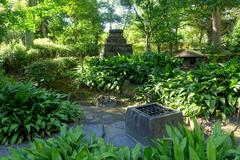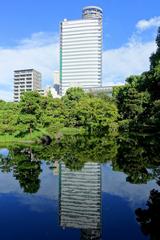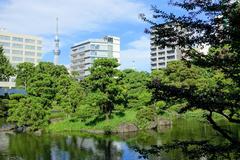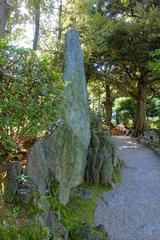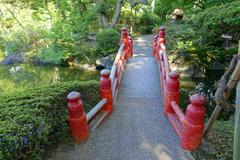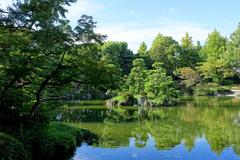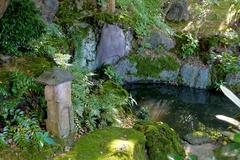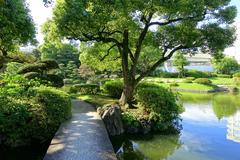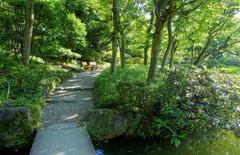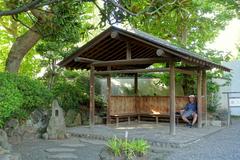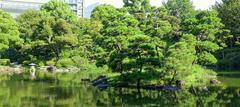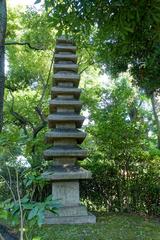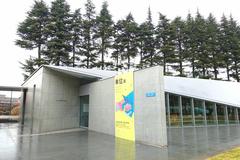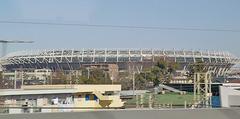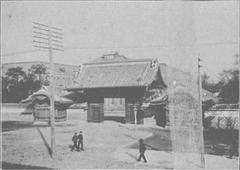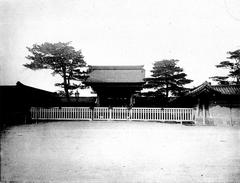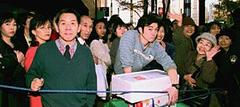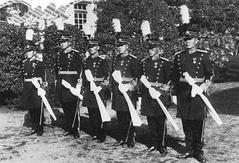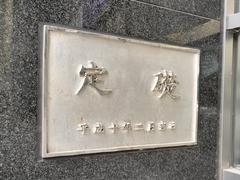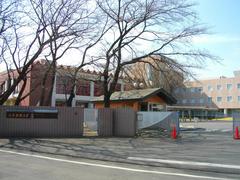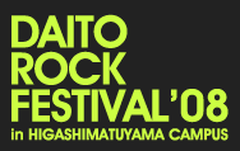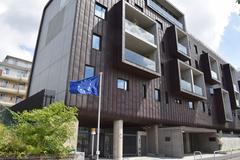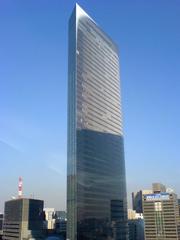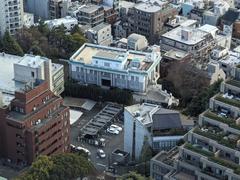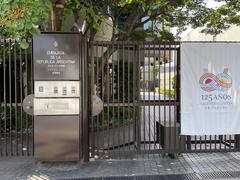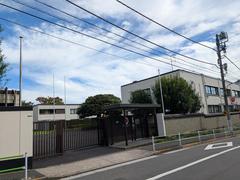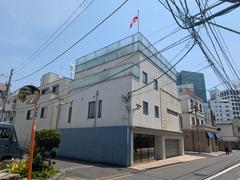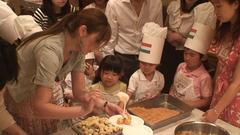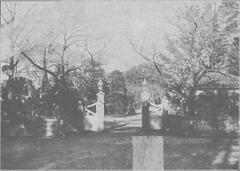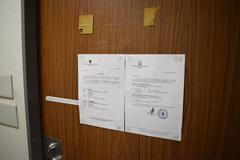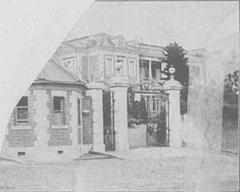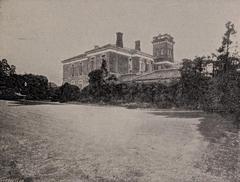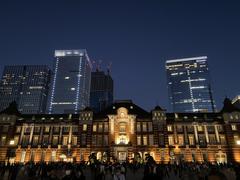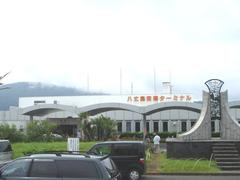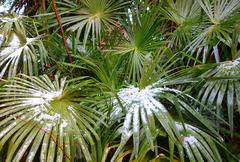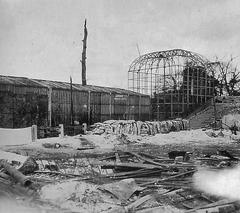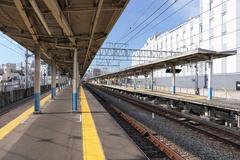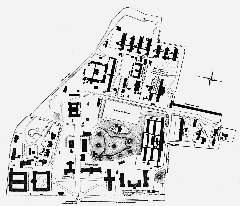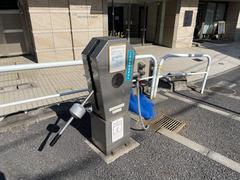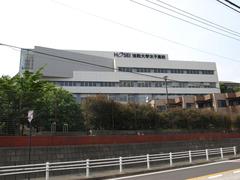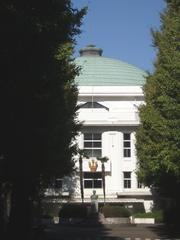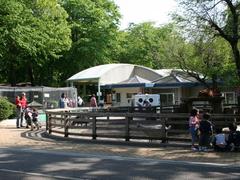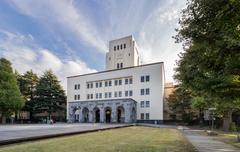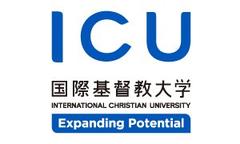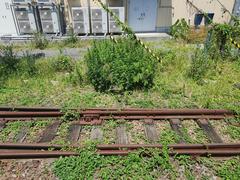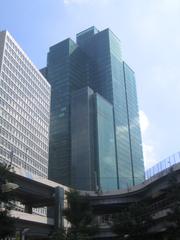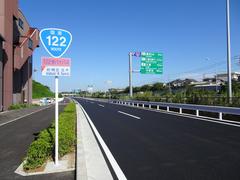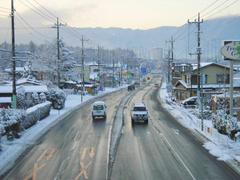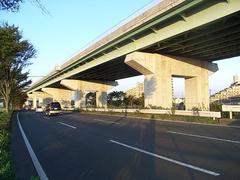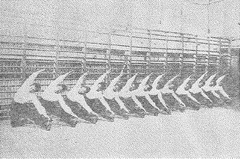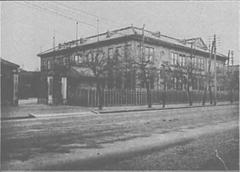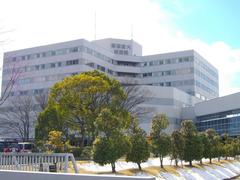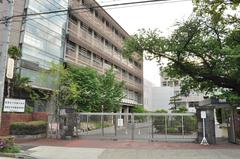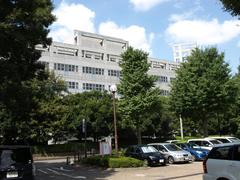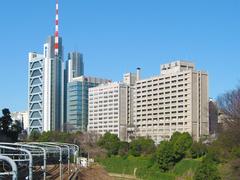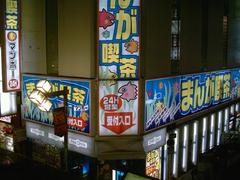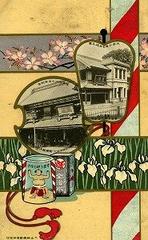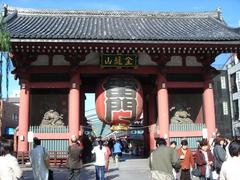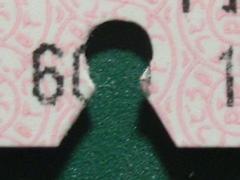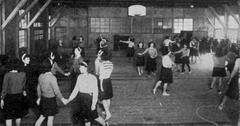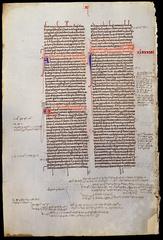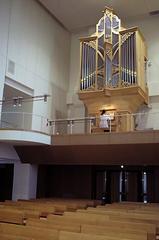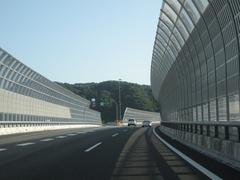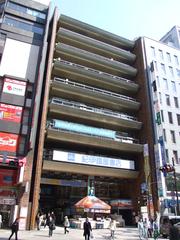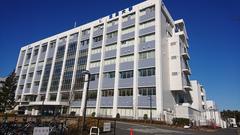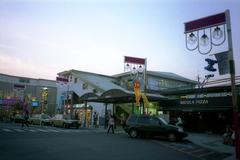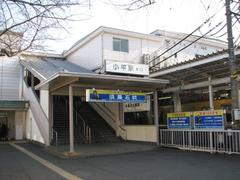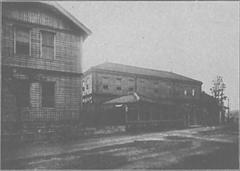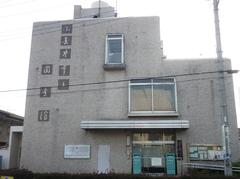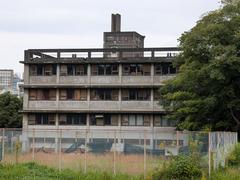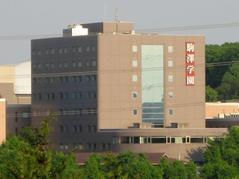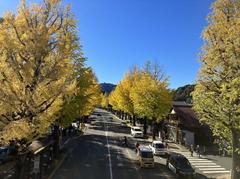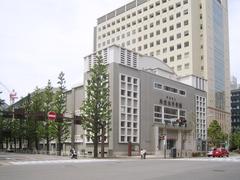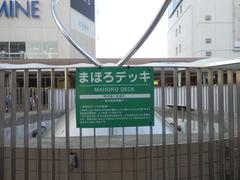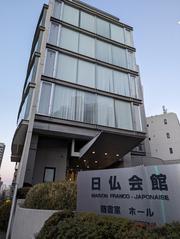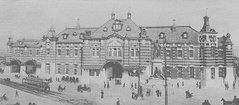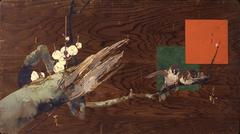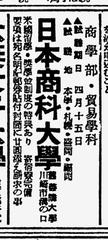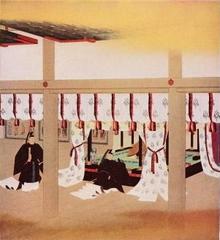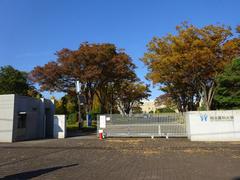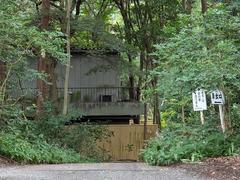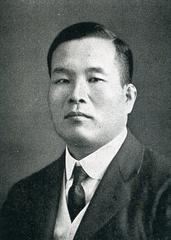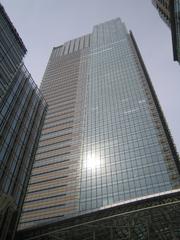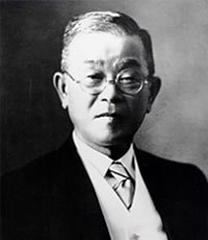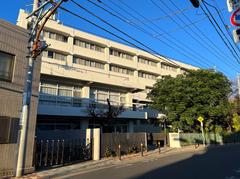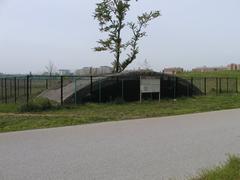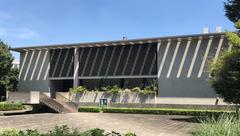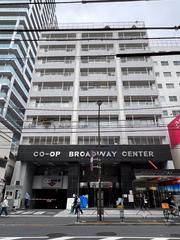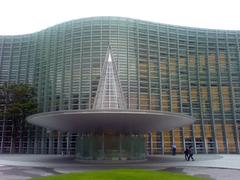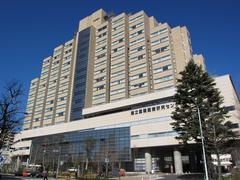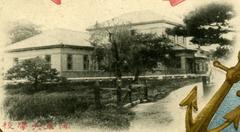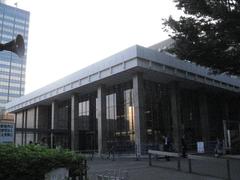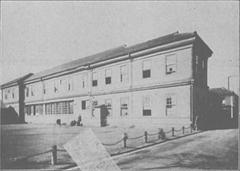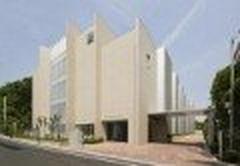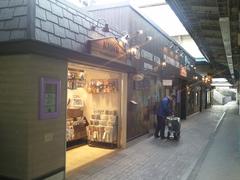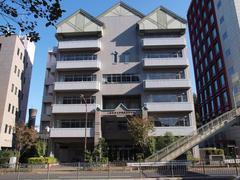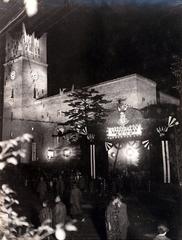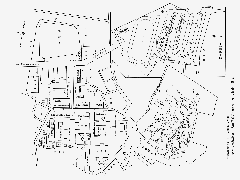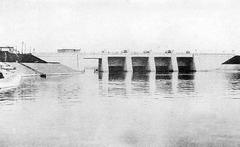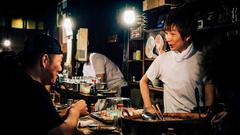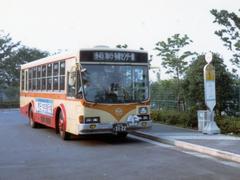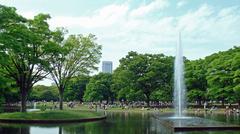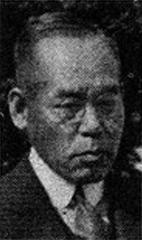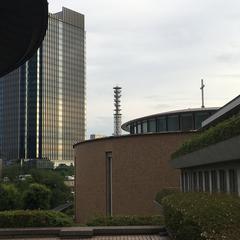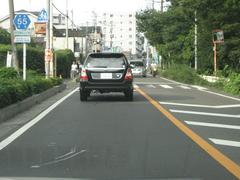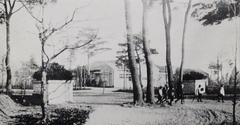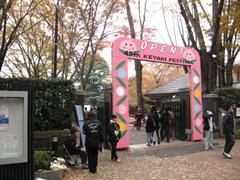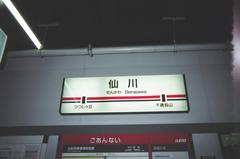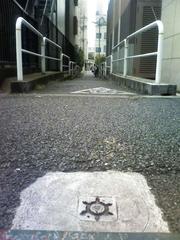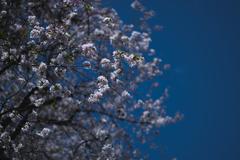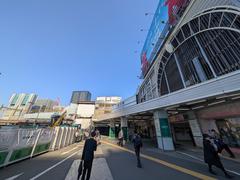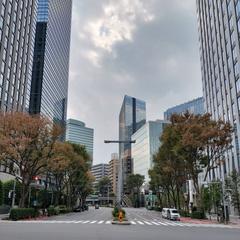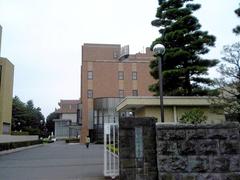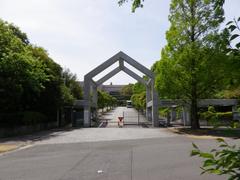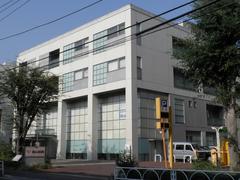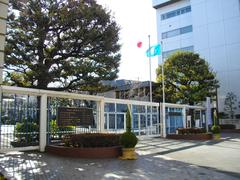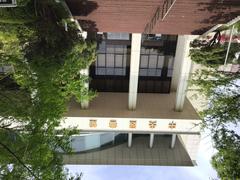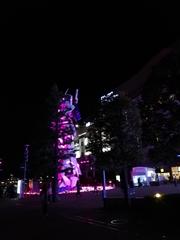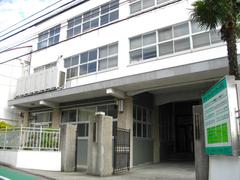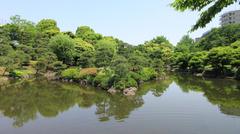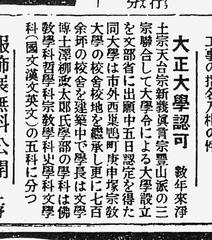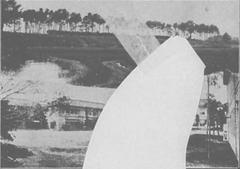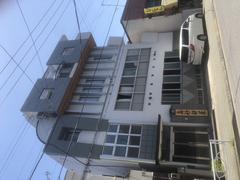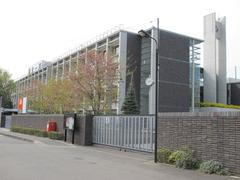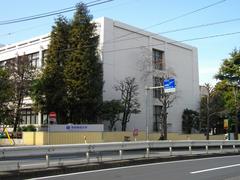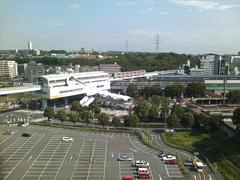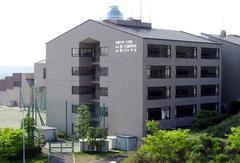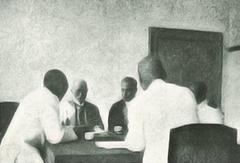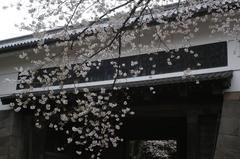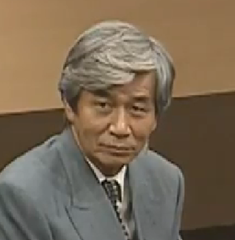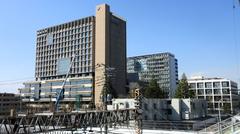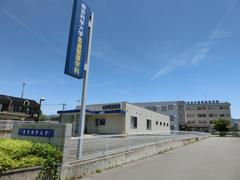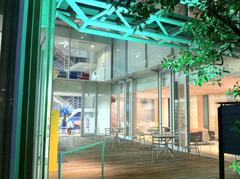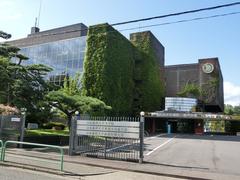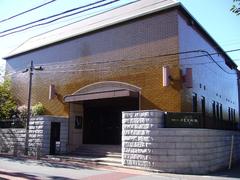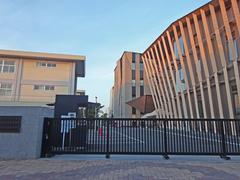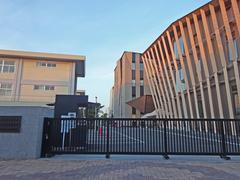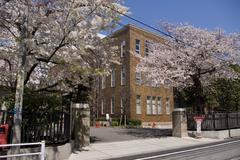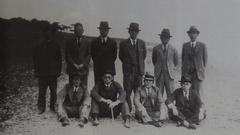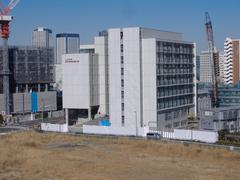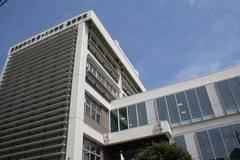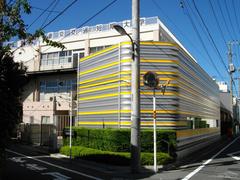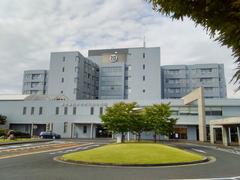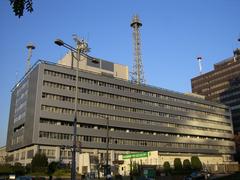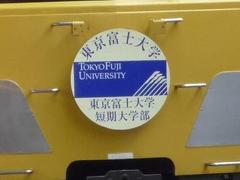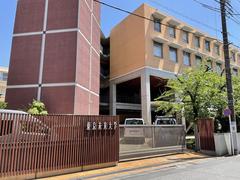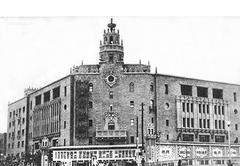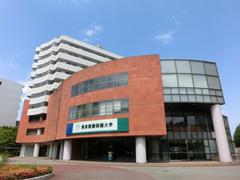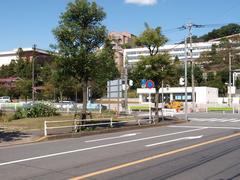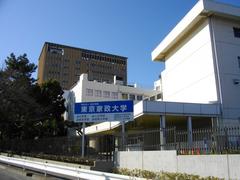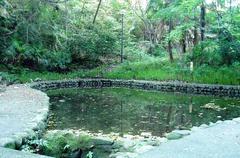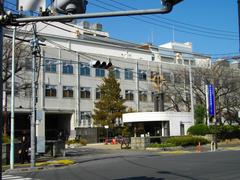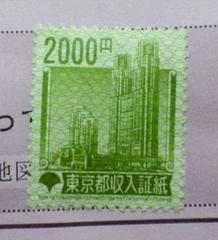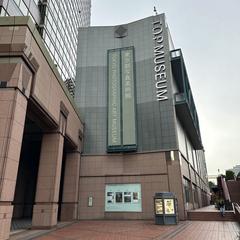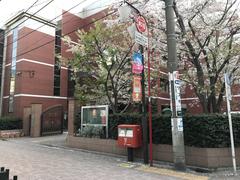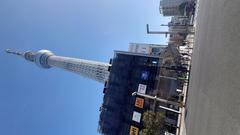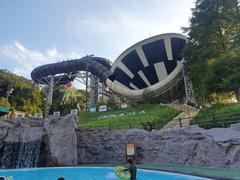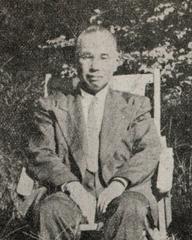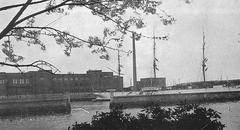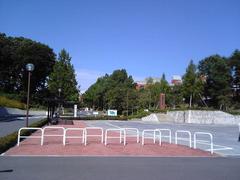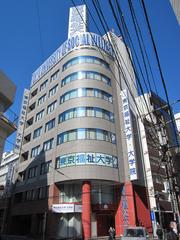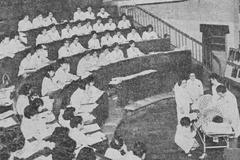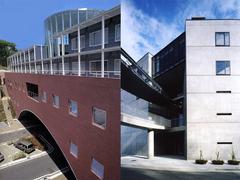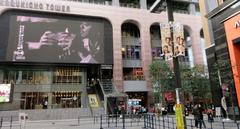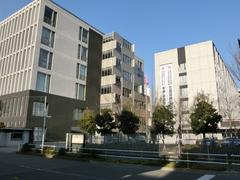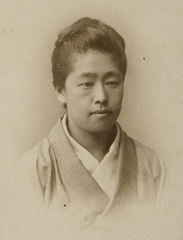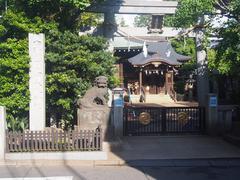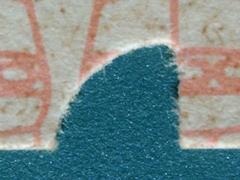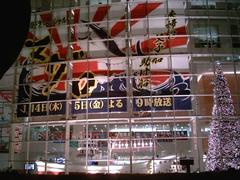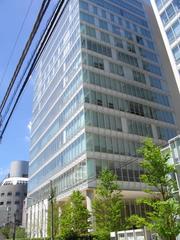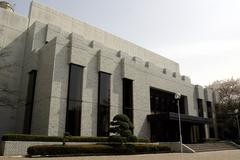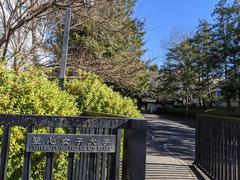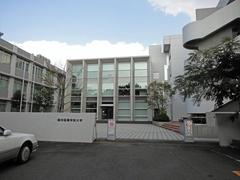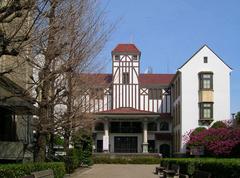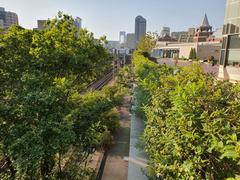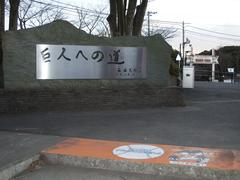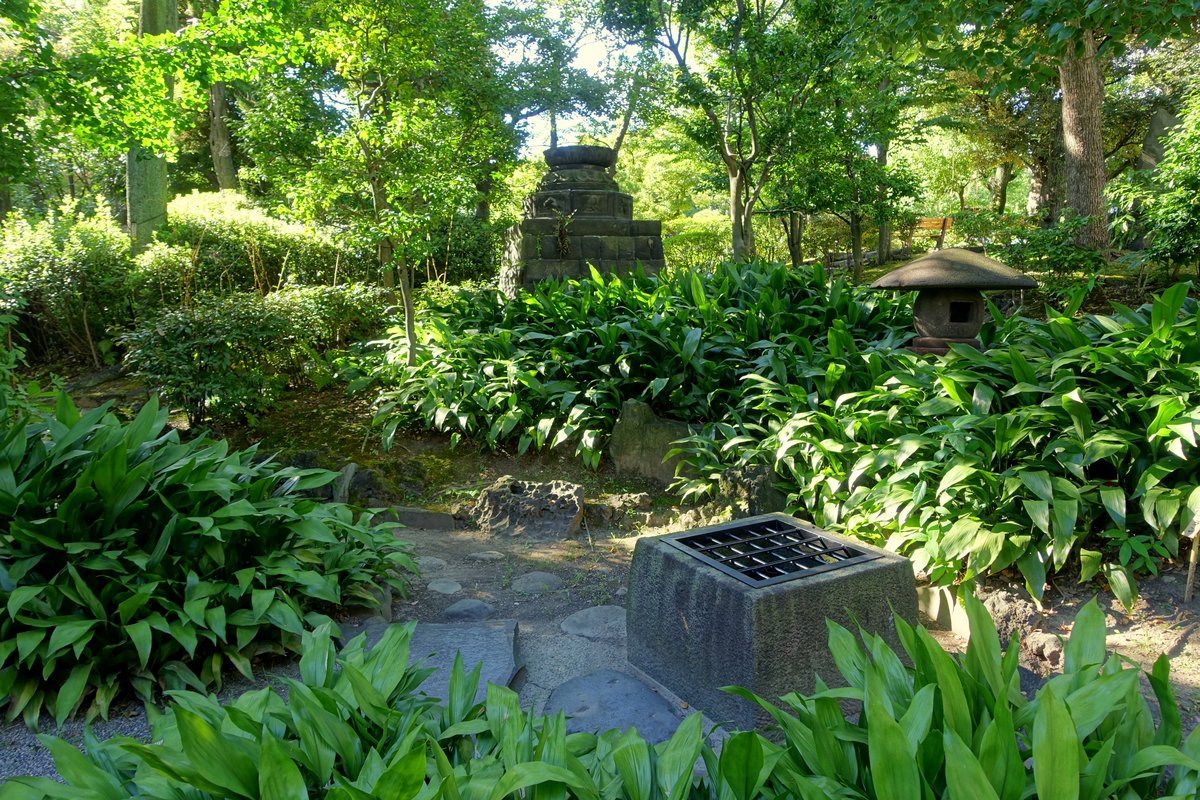
Comprehensive Guide to Visiting Kyu-Yasuda Garden, Tokyo, Japan
Date: 23/07/2024
Introduction
Nestled within the vibrant metropolis of Tokyo, 旧安田庭園 (Kyu-Yasuda Teien) offers a serene escape, blending the rich heritage of Japan with the tranquility of nature. This historical garden, located in the Sumida ward, is a testament to Edo-period landscape architecture and provides a unique glimpse into Japan’s cultural past. Originally constructed in the early 18th century by Honjo Inabanokami Munesuke, a feudal lord of the Honjo domain, the garden has undergone various transformations, notably under the ownership of Yasuda Zenjiro, a prominent businessman who contributed significantly to its development (Tokyo Metropolitan Park Association).
The garden’s design, influenced by the Kaiyu-shiki (strolling garden) style, features a central pond, stone lanterns, bridges, and teahouses that reflect the aesthetic principles of harmony, simplicity, and natural beauty. This picturesque setting has made Kyu-Yasuda Teien a designated Place of Scenic Beauty by the Japanese government, underscoring its cultural and historical importance (Japan National Tourism Organization).
Today, Kyu-Yasuda Teien stands as a public park, thanks to the Yasuda family’s donation to the Tokyo Metropolitan Government in 1968. The garden is not only a haven for those seeking peace and reflection but also a site for various cultural and seasonal events, drawing visitors from around the world. With its rich history, architectural beauty, and cultural significance, Kyu-Yasuda Teien is an essential destination for anyone interested in Japanese garden design and Edo-period history (Cultural Heritage Online).
Table of Contents
- Introduction
- History of 旧安田庭園 (Kyu-Yasuda Teien)
- Architectural and Design Elements
- Seasonal Changes and Events
- Visitor Information
- Nearby Attractions
- Preservation and Conservation Efforts
- Conclusion
- FAQ
History of 旧安田庭園 (Kyu-Yasuda Teien)
Origins and Early Development
The origins of Kyu-Yasuda Teien date back to the Edo period, specifically in the early 18th century. The garden was initially constructed by Honjo Inabanokami Munesuke, a feudal lord of the Honjo domain. Designed in the traditional Japanese style, it features a central pond and a strolling path that allows visitors to enjoy the changing scenery as they walk around. The garden’s design was influenced by the principles of the Kaiyu-shiki (strolling garden) style, which was popular among the samurai class during the Edo period (Tokyo Metropolitan Park Association).
Transition to Yasuda Family Ownership
In the late 19th century, the garden came under the ownership of Yasuda Zenjiro, a prominent businessman and founder of the Yasuda zaibatsu, one of Japan’s largest financial conglomerates at the time. Yasuda Zenjiro purchased the garden in 1891 and made several modifications to enhance its beauty and functionality. His improvements included the addition of stone lanterns, bridges, and teahouses, which were typical features of Japanese gardens designed for both aesthetic pleasure and social gatherings (Japan National Tourism Organization).
Damage and Restoration
The garden suffered significant damage during the Great Kanto Earthquake of 1923. The earthquake caused extensive destruction to the garden’s structures and landscape. However, the Yasuda family undertook restoration efforts to repair the damage and restore the garden to its former glory. These efforts were completed in the late 1920s, and the garden once again became a serene retreat in the bustling city of Tokyo (Tokyo Metropolitan Government).
Post-War Era and Public Access
After World War II, the Yasuda family donated the garden to the Tokyo Metropolitan Government in 1968. The Tokyo Metropolitan Government undertook further restoration and maintenance efforts to ensure the garden’s preservation. In 1971, the garden was officially opened to the public as Kyu-Yasuda Teien, allowing visitors from around the world to enjoy its tranquil beauty (Tokyo Metropolitan Park Association).
Modern-Day Significance
Today, Kyu-Yasuda Teien is recognized as an important cultural and historical site in Tokyo. The garden is a designated Place of Scenic Beauty by the Japanese government, highlighting its significance as a well-preserved example of Edo-period garden design. The garden’s central pond, known as Shinji-ike, is shaped like the kanji character for “heart” (心), symbolizing the garden’s role as a place of peace and reflection. The pond is home to various species of koi fish and waterfowl, adding to the garden’s serene atmosphere (Cultural Heritage Online).
Architectural and Design Elements
Kyu-Yasuda Teien features several notable architectural and design elements that reflect traditional Japanese garden aesthetics. The garden’s layout is designed to create a sense of harmony and balance, with carefully placed rocks, plants, and water features. One of the garden’s most iconic structures is the Taiko-bashi, a drum bridge that spans the central pond. The bridge’s elegant arch and reflection in the water create a picturesque scene that is popular among photographers and artists (Tokyo Metropolitan Park Association).
Another significant feature is the garden’s teahouse, which serves as a venue for traditional tea ceremonies. The teahouse is constructed in the sukiya-zukuri style, characterized by its simplicity and use of natural materials. The teahouse provides visitors with an opportunity to experience the traditional Japanese tea ceremony in an authentic setting, further enhancing the garden’s cultural value (Japan National Tourism Organization).
Seasonal Changes and Events
Kyu-Yasuda Teien is renowned for its seasonal beauty, with different plants and flowers blooming throughout the year. In spring, cherry blossoms (sakura) and azaleas create a vibrant display of color, attracting numerous visitors. The garden’s autumn foliage is equally spectacular, with maple trees turning brilliant shades of red and orange. Seasonal events, such as moon-viewing parties (tsukimi) and flower-viewing festivals (hanami), are held in the garden, allowing visitors to experience traditional Japanese customs in a historical setting (Tokyo Metropolitan Government).
Visitor Information
Visiting Hours and Ticket Prices
Kyu-Yasuda Teien is open daily from 9:00 AM to 5:00 PM, with the last admission at 4:30 PM. Please note that the garden may be closed on certain holidays, so it is advisable to check the Tokyo Metropolitan Park Association’s website for up-to-date information. The entrance fee is 150 yen for adults, and admission is free for children under 12 years old.
Travel Tips
The garden is conveniently located near Ryogoku Station, accessible via the JR Sobu Line and the Toei Oedo Line. From the station, it is a short walk to the garden’s entrance. Visitors are encouraged to wear comfortable walking shoes and bring a camera to capture the garden’s picturesque scenery. Guided tours are available for those interested in learning more about the garden’s history and design elements.
Nearby Attractions
While visiting Kyu-Yasuda Teien, consider exploring other nearby historical sites and attractions. The Edo-Tokyo Museum and Ryogoku Kokugikan (Sumo Hall) are both within walking distance and offer additional insights into Tokyo’s rich cultural heritage.
Preservation and Conservation Efforts
The Tokyo Metropolitan Government continues to prioritize the preservation and conservation of Kyu-Yasuda Teien. Regular maintenance and restoration work are carried out to ensure that the garden remains in pristine condition. Efforts are also made to protect the garden’s flora and fauna, with measures in place to prevent pollution and manage water quality in the central pond. Educational programs and guided tours are offered to raise awareness about the garden’s historical and cultural significance, encouraging visitors to appreciate and respect this valuable heritage site (Cultural Heritage Online).
Conclusion
In summary, Kyu-Yasuda Teien’s rich history, architectural beauty, and cultural significance make it a must-visit destination for anyone interested in Japanese garden design and Edo-period history. The garden’s evolution from a private residence to a public park reflects broader trends in Japanese society and underscores the importance of preserving cultural heritage for future generations. To stay updated on events and visiting information, follow the Tokyo Metropolitan Park Association on social media or visit their official website (Japan National Tourism Organization).
FAQ
Q: What are the visiting hours for Kyu-Yasuda Teien?
A: The garden is open daily from 9:00 AM to 5:00 PM, with the last admission at 4:30 PM. Check the official website for holiday closures.
Q: How much are tickets for Kyu-Yasuda Teien?
A: The entrance fee is 150 yen for adults, and admission is free for children under 12 years old.
Q: How do I get to Kyu-Yasuda Teien?
A: The garden is located near Ryogoku Station, accessible via the JR Sobu Line and the Toei Oedo Line. It is a short walk from the station.
Q: Are guided tours available?
A: Yes, guided tours are available and provide in-depth information about the garden’s history and design elements.
Q: What are some nearby attractions?
A: The Edo-Tokyo Museum and Ryogoku Kokugikan (Sumo Hall) are nearby and offer additional cultural experiences.
References
- Tokyo Metropolitan Park Association. (n.d.). Visiting Kyu-Yasuda Teien - History, Tickets, and Travel Tips. https://www.tokyo-park.or.jp/
- Japan National Tourism Organization. (n.d.). Visiting Kyu-Yasuda Teien - History, Tickets, and Travel Tips. https://www.japan.travel/
- Cultural Heritage Online. (n.d.). Visiting Kyu-Yasuda Teien - History, Tickets, and Travel Tips. https://bunka.nii.ac.jp/
- Tokyo Metropolitan Government. (n.d.). Visiting Kyu-Yasuda Teien - History, Tickets, and Travel Tips. https://www.metro.tokyo.lg.jp/
- Sumida City. (n.d.). Kyu-Yasuda Teien - Visitor Tips, Opening Hours, Nearby Attractions in Tokyo. https://www.sumidacity.jp/kyu-yasuda/
- Edo-Tokyo Museum. (n.d.). https://www.edo-tokyo-museum.or.jp/en/
- Sumo Museum. (n.d.). https://www.sumo.or.jp/EnMuseum
